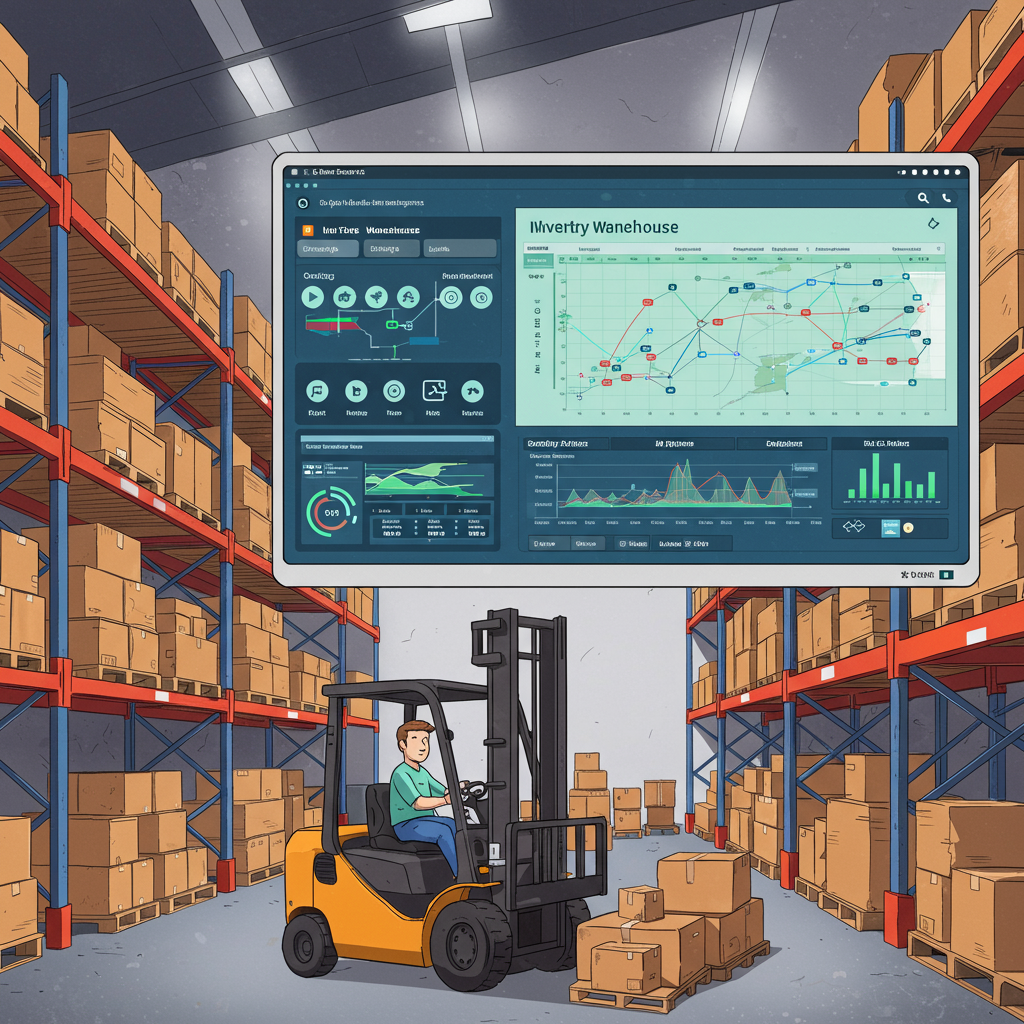A Comprehensive Guide to Optimizing Your Fulfillment Network and Boosting Customer Satisfaction
As an e-commerce entrepreneur, I’ve witnessed firsthand the incredible growth and evolving demands of online retail. What started as a simple online shop often blossoms into a complex operation, especially when your business scales beyond a single fulfillment location.
Many of you, like my past clients, eventually reach a point where a single warehouse just isn’t cutting it. You’re facing longer shipping times, higher costs, and perhaps even lost sales due to stockouts in key regions.
This is where multi-warehouse inventory management comes into play. It’s not just about having more space; it’s a strategic move to bring your products closer to your customers, significantly reducing shipping times and costs.
Beyond cost and speed, operating multiple warehouses offers crucial benefits like improved customer satisfaction through faster delivery, enhanced resilience against disruptions (think natural disasters or supply chain issues), and the ability to optimize inventory distribution based on regional demand.
However, I’ll be honest with you: implementing a multi-warehouse strategy isn’t without its complexities. It introduces new challenges in terms of inventory accuracy, order routing, returns management, and overall operational visibility.
The core challenge, in my experience, is maintaining a real-time, accurate view of your inventory across all locations. Without this, you risk overselling, underselling, or fulfilling orders from the wrong warehouse, leading to customer frustration and increased costs.
Shopify, by default, offers a ‘Locations’ feature, which is a great starting point. It allows you to assign inventory to different physical locations and fulfill orders from specific ones. This is native and relatively easy to set up for basic needs.
You can set priority for your locations, transfer inventory between them, and even fulfill parts of an order from different locations if necessary. For a small business with perhaps two locations and straightforward operations, this might suffice.
But here’s where I see merchants hit a wall: Shopify’s native capabilities are quite basic. They don’t offer advanced order routing logic, sophisticated inventory optimization, or seamless integration with third-party logistics (3PL) providers beyond simple location assignment.
This limitation often necessitates the adoption of external solutions. When your order volume grows, your product catalog expands, or you start working with multiple 3PLs, relying solely on Shopify’s built-in features becomes a bottleneck.
This is where dedicated Inventory Management Systems (IMS) or Order Management Systems (OMS) become indispensable. These systems are designed to be the central brain of your multi-warehouse operation, providing a holistic view and control.
A robust IMS/OMS will offer features like centralized inventory visibility across all locations, automated order routing based on predefined rules, real-time stock updates, and comprehensive reporting.
The key to success with these systems is seamless integration with your Shopify store. Data must flow effortlessly between Shopify (for orders and product info) and your IMS/OMS (for inventory levels, fulfillment status, and shipping details).
When choosing an IMS/OMS, I always advise merchants to consider scalability, cost, the specific features you need (e.g., batch picking, kitting, serial number tracking), and the quality of customer support. Don’t overbuy, but don’t underbuy either.
Beyond technology, maintaining data accuracy is paramount. I cannot stress this enough. Implement regular cycle counts, conduct periodic physical inventories, and ensure strict receiving and shipping protocols at all your locations.
Establishing clear, documented Standard Operating Procedures (SOPs) for every step of your fulfillment process – from receiving new stock to picking, packing, and shipping – is crucial for consistency and accuracy across all warehouses.
One of the most critical aspects of multi-warehouse management is intelligent order routing logic. How do you decide which warehouse fulfills a specific order? This decision impacts shipping costs, delivery speed, and customer satisfaction.
Common routing strategies include proximity-based routing (fulfilling from the warehouse closest to the customer), which is excellent for reducing transit times and shipping costs.
Another strategy is stock-level based routing, where orders are routed to warehouses with available inventory, or even to prioritize clearing older stock. This helps prevent stockouts and optimizes inventory turnover.
You might also consider cost-based routing, where the system selects the warehouse that offers the lowest shipping cost for a given order, or even a combination of these factors for more complex optimization.
Returns management is another area that often gets overlooked in multi-warehouse setups. Do you centralize all returns to one location, or do customers return items to the warehouse they originated from?
I recommend having a clear, customer-friendly returns policy that specifies the return address. Internally, you’ll need processes to inspect, restock, or dispose of returned items efficiently across your distributed network.
Don’t forget about your team! Proper training for your staff at each warehouse on the new systems and processes is vital. Empowering them with the right knowledge reduces errors and improves efficiency.
Finally, continuously monitor your performance. Track key performance indicators (KPIs) like order fulfillment time, shipping costs per order, inventory accuracy rates, and customer satisfaction scores across all your locations.
Your technology stack might extend beyond just an IMS/OMS. Consider integrating with dedicated Warehouse Management Systems (WMS) for larger operations, or advanced shipping software for rate shopping and label generation.
My advice to you is to start simple, understand your current pain points, and then gradually introduce more sophisticated solutions as your business grows. Don’t try to implement everything at once.
What do you think about these tips? Have you faced similar challenges with multi-warehouse management on Shopify, or do you have other strategies that have worked well for your business?
Implementing a multi-warehouse strategy is a significant investment in time and resources, but the long-term benefits of improved efficiency, reduced costs, and enhanced customer experience are undeniably worth it.
By leveraging the right technology, establishing robust processes, and continuously optimizing your operations, you can transform the complexity of multi-warehouse management into a powerful competitive advantage for your Shopify store.
Embrace the challenge, and watch your e-commerce business thrive with a truly optimized fulfillment network.






